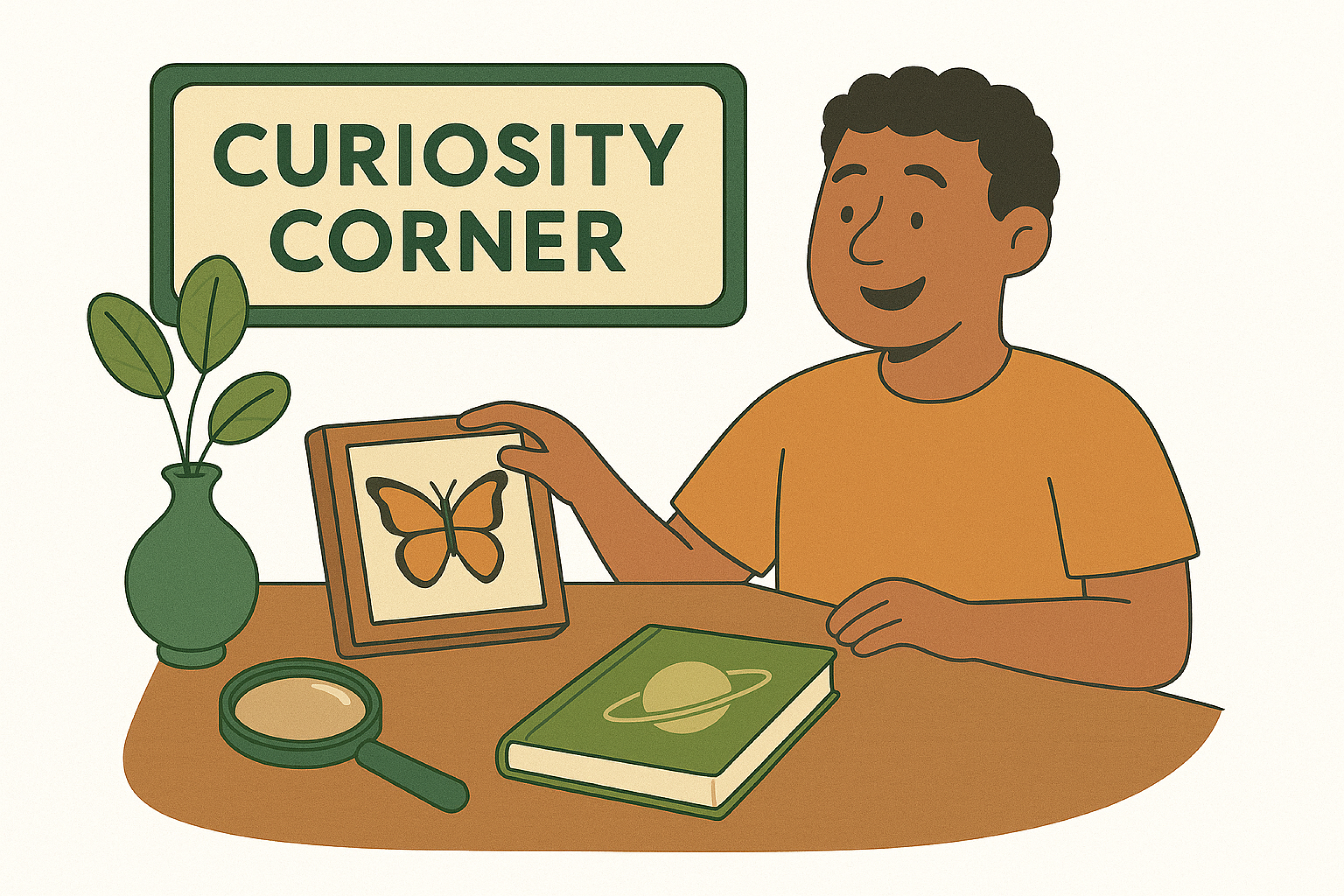Learning at Every Age
Introduction
At Has2bhappy, we believe that learning doesn't stop at school-leaving age—and it certainly doesn't need to look like a classroom. Adults with learning disabilities are often underestimated when it comes to ongoing learning and personal growth. But curiosity is a human trait, and learning—when it's empowering, creative, and compassionate—can ignite confidence, joy, and independence at any stage of life.
This article explores why lifelong learning matters for adults with learning disabilities, what the research says, and how out-of-the-box approaches can transform supported living settings into spaces where growth never stops.
Why Learning at Every Age Matters
1. Neuroplasticity Doesn’t Retire
The brain remains capable of learning and adapting throughout life. According to research in Frontiers in Psychology (2017), neuroplasticity—the brain's ability to form new neural connections—continues well into older adulthood, especially when people are exposed to enriching, meaningful environments.
This means adults with learning disabilities can continue to acquire new skills, re-learn lost abilities, or adapt old skills to new contexts—given the right support.
Reference: Lövdén, M., et al. (2010). Experience-dependent plasticity of white-matter microstructure extends into old age. Frontiers in Human Neuroscience.
The Limitations of Traditional Approaches
Many day services and support programs still rely on passive, repetitive activities, often underestimating the capacity of individuals to learn, adapt or explore. These approaches may lead to:
Boredom or low engagement
Loss of independence
Reduced well-being and self-esteem
At Has2bhappy, we reject this model. Instead, we design environments that spark curiosity—no matter someone’s age, communication level, or cognitive profile.
Creative, Real-World Approaches to Lifelong Learning
Here are five out-of-the-box strategies your staff can implement right now—each rooted in evidence and real-world practice.
1. Curiosity Corners: Spaces of Discovery
What it is: A low-pressure, ever-changing area in the home or communal space featuring objects or activities linked to a theme (e.g., nature, music, historical objects, local wildlife).
How to implement:
Include sensory-friendly objects: textured leaves, musical shakers, photo books
Provide symbols or voice output devices to label or comment
Let service users lead exploration
Why it works: Inspired by Reggio Emilia’s “environment as the third teacher” principle, this approach fosters autonomous exploration and dialogue through discovery.
Real-world parallel: Several learning disability services in the Netherlands and Scandinavia use this approach in day settings with great success (e.g., Philadelphia Zorg, NL).
2. Podcast Clubs and Sound-Based Learning
What it is: Instead of traditional literacy activities, use short podcasts, voice memos, or radio clips followed by discussion or creative response.
How to implement:
Use a simplified smart speaker and pre-recorded content
Play clips about topics of interest (animals, cooking, mysteries)
Use drawing, discussion, or even soundboards to express ideas
Why it works: Supports people with low literacy and encourages active listening and multi-modal communication.
Inspiration: The UK-based charity Heart n Soul uses sound and storytelling to support creative learning for adults with learning disabilities.
3. Learning Through Community Contribution
What it is: Empowering service users to take roles that build real-world knowledge—like hosting a Friday breakfast club or managing a plant stall.
How to implement:
Break tasks into repeatable steps with visual aids
Offer badges or “I’m on duty today” lanyards
Pair with reflective chats (“What did I learn today?”)
Why it works: Based on principles of experiential learning (Kolb, 1984), this approach builds functional skills through real responsibility and belonging.
Example: Sam helps prepare a snack cart and now independently counts coins and requests help using symbols when needed—growth born from doing, not worksheets.
4. Global Explorer Projects
What it is: Service users “visit” a country each month through food, language, music, and crafts—culminating in a celebratory “culture day”.
How to implement:
Create tactile passport books with photo stamps
Use videos and sensory props (e.g., spices, traditional instruments)
Invite families or volunteers to share heritage
Why it works: Encourages memory, vocabulary, sensory exploration, and interpersonal curiosity.
Parallel strategy: Inspired by Montessori for Dementia and Ageing principles, this immersive learning has been adapted by UK day centres like The Grange at Bookham.
5. Digital Discovery Labs
What it is: Safe, supported digital learning using tablets or touchscreen computers, with access to simplified learning apps and creative software.
How to implement:
Use guided access to prevent overwhelm
Offer apps like Special Stories, AutiPlan, Clicker, or iMovie
Run weekly “Discovery Hour” where users pick what they want to explore
Why it works: Research from The Journal of Intellectual Disability Research (2019) shows technology boosts engagement and self-directed learning when scaffolded properly.
Example: One supported living home used iPads to co-create a “Pet Care Routine” video with service users—building sequencing skills, communication and pride.
Staff Mindset: Facilitators of Growth
To make learning happen, staff must shift from doing for to learning with.
Key Habits to Nurture:
Notice what sparks curiosity, not just what calms
Ask “What if?” questions even during routine tasks
Make space for reflection: “How did that feel?” or “What would you like to try next time?”
Training tip: Use short team debriefs after activities to reflect on observed growth and ideas for stretching skills next time.
Conclusion: A Culture of Possibility
Learning is not a luxury—it's a human right. And when supported well, adults with learning disabilities can learn new skills, rediscover forgotten abilities, and grow into fuller expressions of themselves.
At Has2bhappy, we say: let’s throw out the worksheet, open the world, and reignite the joy of discovery—at every age, every stage, and every ability level.
References
Lövdén, M., et al. (2010). Experience-dependent plasticity of white-matter microstructure extends into old age. Frontiers in Human Neuroscience.
Kolb, D. A. (1984). Experiential Learning: Experience as the Source of Learning and Development.
Hatton, C. et al. (2019). The impact of digital tools on learning and inclusion in adults with learning disabilities. Journal of Intellectual Disability Research.
Heart n Soul: https://www.heartnsoul.co.uk
Philadelphia Zorg: https://www.philadelphia.nl
Montessori for Dementia and Ageing: https://www.montessoridementia.org

